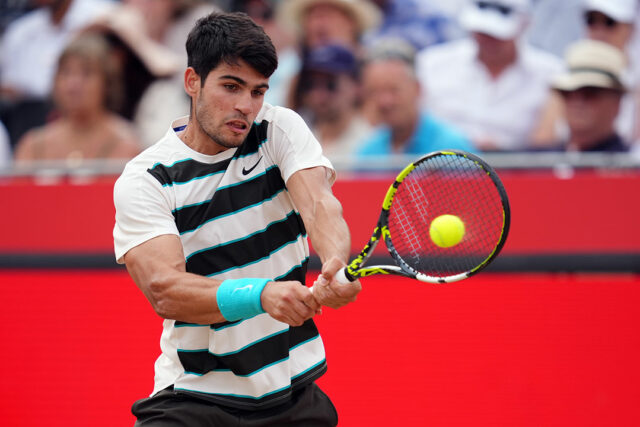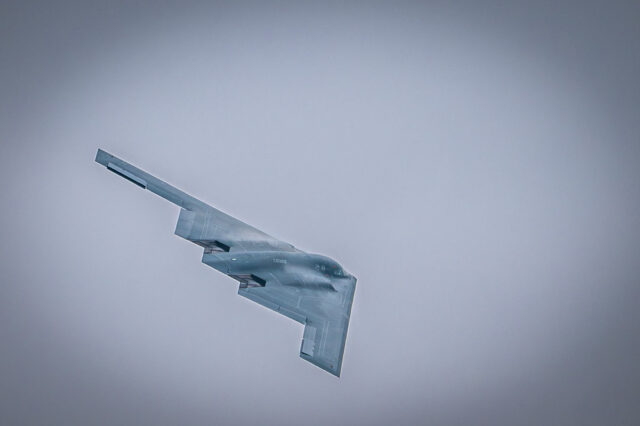Pacers, Thunder set to clash in Game Seven for NBA mastery

OKLAHOMA City Thunder star Jalen Williams said the thought of a Game 7 in the NBA Finals “makes the hair on your arm stand up a little bit.”
Indiana Pacers coach Rick Carlisle called it “a time to celebrate.”
On Sunday night, the Thunder and Pacers will square off in Oklahoma City in a decisive game to end a back-and-forth series.
The Thunder are looking for their first title since moving to Oklahoma City in 2008. The franchise won the 1979 title in Seattle.
Indiana is looking for its first NBA championship, though the Pacers won three ABA titles, the most recent of which came in 1973.
This will be the 20th NBA Finals Game 7 in league history and the first since the Cleveland Cavaliers beat the Golden State Warriors on the road in 2016.
“As you go on in your competitive life in sports, what you learn is that these moments are rare and trying to duplicate this kind of situation is something that you look to do in everyday life,” said Carlisle, who coached the Dallas Mavericks to the 2011 title. “It’s not easy to do that. I’m very much looking forward to Game 7.”
Home teams are 15-4 in the previous matchups.
“You’ve got to be able to weather the storm with those momentum-swinging plays, try to create momentum-stopping plays when you’re on the road,” Indiana star Tyrese Haliburton said.
The Pacers enter with momentum after Thursday’s 108-91 win in Game 6 in Indianapolis.
Haliburton was a big reason for that, with 14 points and five assists after a calf strain left him as a game-time decision.
Haliburton said he remained stiff and sore but said he was ready to go for Sunday’s game after playing just 23 minutes on Thursday.
Oklahoma City has yet to lose back-to-back games in the playoffs after dropping consecutive games just twice during the regular season.
The Thunder are 10-2 at home during the playoffs and have yet to lose the turnover battle at home.
In Game 6, Indiana forced 21 turnovers while committing just 11.
“The truth is that nothing else previous to this matters at all now,” Carlisle said. “We’re just down to one game and one opportunity. We’re really looking forward to it.”
Oklahoma City superstar Shai Gilgeous-Alexander, the league’s Most Valuable Player, had a career-playoff-worst eight turnovers in Game 6.
“No matter how big the moment or the game, it always comes back to the same things,” he said. “… It always goes back to the things that we know we can control every night. When we do those things, we look like a pretty good team. When we don’t do those things, we look like a bad team.”
For the Thunder, it’ll be their second Game 7 in these playoffs.
Oklahoma City beat Denver 125-93 at home May 18 to win its second-round series.
While Williams said there are lessons to be taken from that game, particularly in handling the emotional swings, he also acknowledges the difference.
“You’re anxious going into it,” he said. “Honestly, it’s a little indescribable because I haven’t (played in a Finals Game 7). It’s hard to give a good answer because this Game 7 is going to be completely different from the last one we played in.”
While the Pacers haven’t played a Game 7 yet this postseason, they did beat the New York Knicks in Game 7 of last season’s Eastern Conference semifinals. — Reuters











